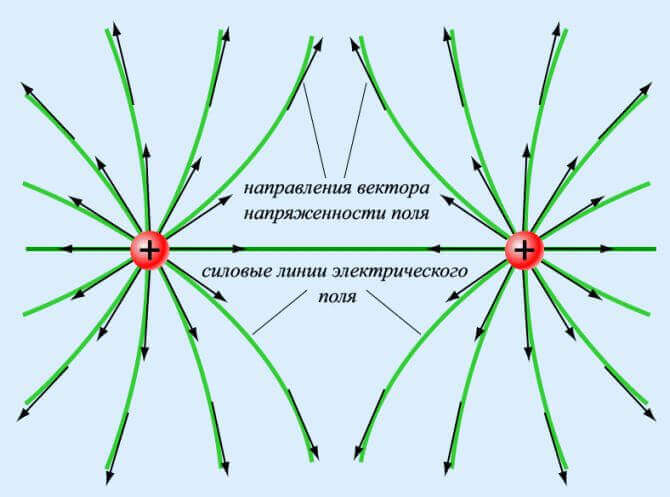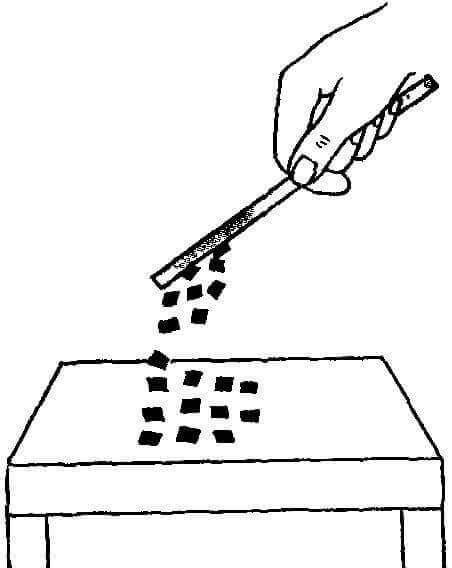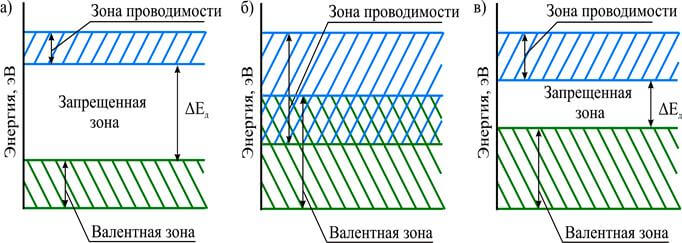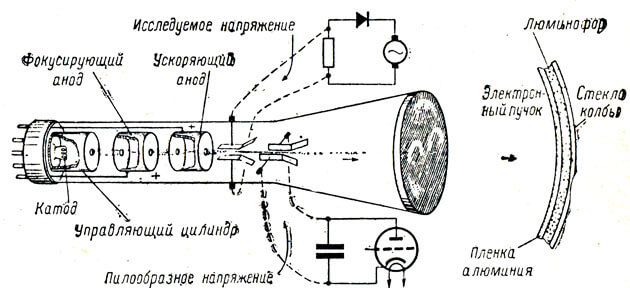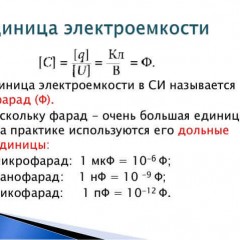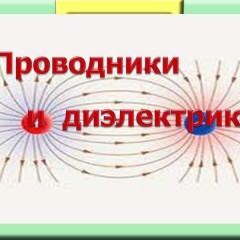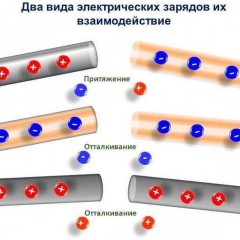What is an electric field and what properties does it have
Definition
Around a charged body an electric field arises. In simple terms, this is a field that acts on other bodies with a certain force.
The main quantitative characteristic is the electric field strength. It is equal to the ratio of the force acting on the charge to the magnitude of the charge. The force acts in a certain direction, which means the tension of the electric field is a vector quantity. Below you see the tension formula:
The electric field tension acts in the direction that is calculated by the principle of superposition. I.e:
In the figure below you see a conditional graphic image of two charges of different polarity and the lines of force of the electric field arising between them.
Important! The main condition for the appearance of an electric field is that the body must have some kind of charge. Only then will a field arise around it that will act on other charged bodies.
To determine the magnitude of the electric field around a unit test charge using pendant law, in this case:
Such a field is also called Coulomb.
Another important physical quantity is the electric field potential. This is not a vector quantity, but a scalar quantity, it is directly proportional to the energy applied to the charge:
Important! The strength and energy characteristic of an electric field is tension and potential. This is its main physical properties.
It is measured in Volts and is numerically equal to the EP's work in moving the charge from a certain point to infinity.
You can learn more about what is the electric field strength from the video tutorial:
Field Views
There are several basic types of fields, depending on where it exists. Let's consider some examples of arising fields in various situations.
- If the charges are stationary, this is a static field.
- If the charges move along the conductor - magnetic (not to be confused with the electron beam).
- A stationary field arises around fixed conductors with a constant current.
- In radio waves, an electric and magnetic field is emitted, which are located in space perpendicular to each other. This happens because any change in the magnetic field gives rise to the appearance of electromagnetism with closed field lines.
Electric field detection
We tried to tell you all the important definitions and conditions for the existence of an electric field in simple language. Let's figure out how to find it. Magnetic detection is easy - with a compass.
We can detect an electric field in everyday life. We all know that if you rub a plastic ruler on your hair, then small pieces of paper will begin to attract it. This is the effect of the electric field. When you take off your woolen sweater, you hear a crack and you see sparkles - that’s it.
Another way to detect EP is to place a test charge in it. The current field will reject it. This is used in CRT monitors and, accordingly, the radiation tubes of the oscilloscope, we will talk about this later.
Practice
We already mentioned that in everyday life an electric field manifests itself when you take off your woolen or synthetic clothes from yourself and sparkles jump between your hair and hair, when you rub a plastic ruler and draw it over small pieces of paper, and they are attracted and so on. But these are not normal technical examples.
In conductors, the smallest EP causes the movement of charge carriers and their redistribution. In dielectrics, since the band gap in these substances is large, the electron beam will cause the motion of charge carriers only in the case of breakdown of the dielectric. In semiconductors, the action is between the dielectric and the conductor, but it is necessary to overcome the small band gap by transferring energy of the order of 0.3 ... 0.7 eV (for germanium and silicon).
From what is in every house, these are electronic household appliances, including power supplies. They have an important part that works thanks to the electric field - this is a capacitor. In it, the charges are held on the plates separated by a dielectric, just because of the work of the electric field. In the picture below you see a conditional image of charges on the capacitor plates.
Other applications in electrical engineering are field effect transistors or MOS transistors. In their name, the principle of action is already mentioned. In them, the operating principle is based on a change in the conductivity of STOK-ISTOK under the influence of a transverse electric field on the semiconductor, and in the MIS (MOS, MOSFET - the same thing), the gate is completely separated by a dielectric layer (oxide) from the conducting channel, so that the influence of the gate currents - SOURCE is impossible by definition.
Another application that has already departed in everyday life, but is still “living” in industrial and laboratory technology - cathode ray tubes (CRTs or so-called picture tubes). Where one of the options for a device to move the beam across the screen is an electrostatic deflecting system.
In simple terms, that is, a gun that emits (emits) electrons. There is a system that deflects this electron to the desired point on the screen to obtain the desired image. Voltage is applied to the plates, and the emitted flying electron is affected by Coulomb forces, respectively, by an electric field. Everything described happens in a vacuum. Then a high voltage is applied to the plates, and a horizontal transformer and flyback converter are installed to form it.
The video below briefly and clearly explains what an electric field is and what properties this special type of matter has:
Related materials:


